This blog was shared in 2024 during the development of our RIIO-T3 Business Plan. The plan has now been published and is available to view online.
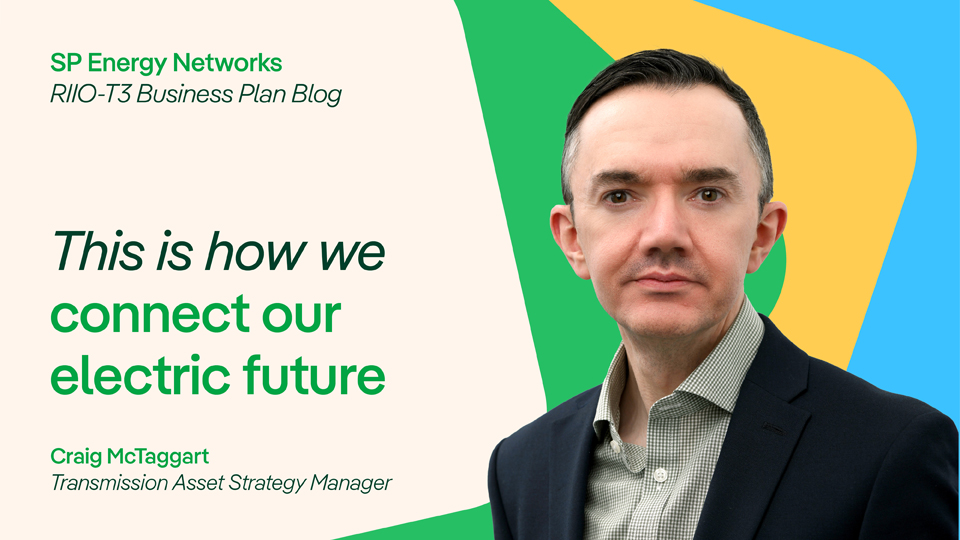
Blog by Craig McTaggart, Transmission Asset Strategy Manager – SP Energy Networks
I’m pleased to share the next in the series of blogs linked to the delivery of our RIIO-T3 Business Plan in December this year. In this blog, I discuss how we enable connections to the electricity network and look at how we’re planning for the increased demand of the future using Whole System Thinking. If you’re looking for a short summary of this blog, scroll to the end or click here for the top 3 key points.
Introduction
As a transmission and distribution network owner, we play a critical role in enabling the transition to a cleaner future – supporting both the Scottish and UK Governments to achieve their targets of net-zero greenhouse gas emissions by 2045 in Scotland and 2050 in the UK.
ScottishPower’s recent ‘Green light for Growth’ highlighted the need to “double down on grid investment” to “unlock investment, drive economic growth, and deliver clean energy security.”
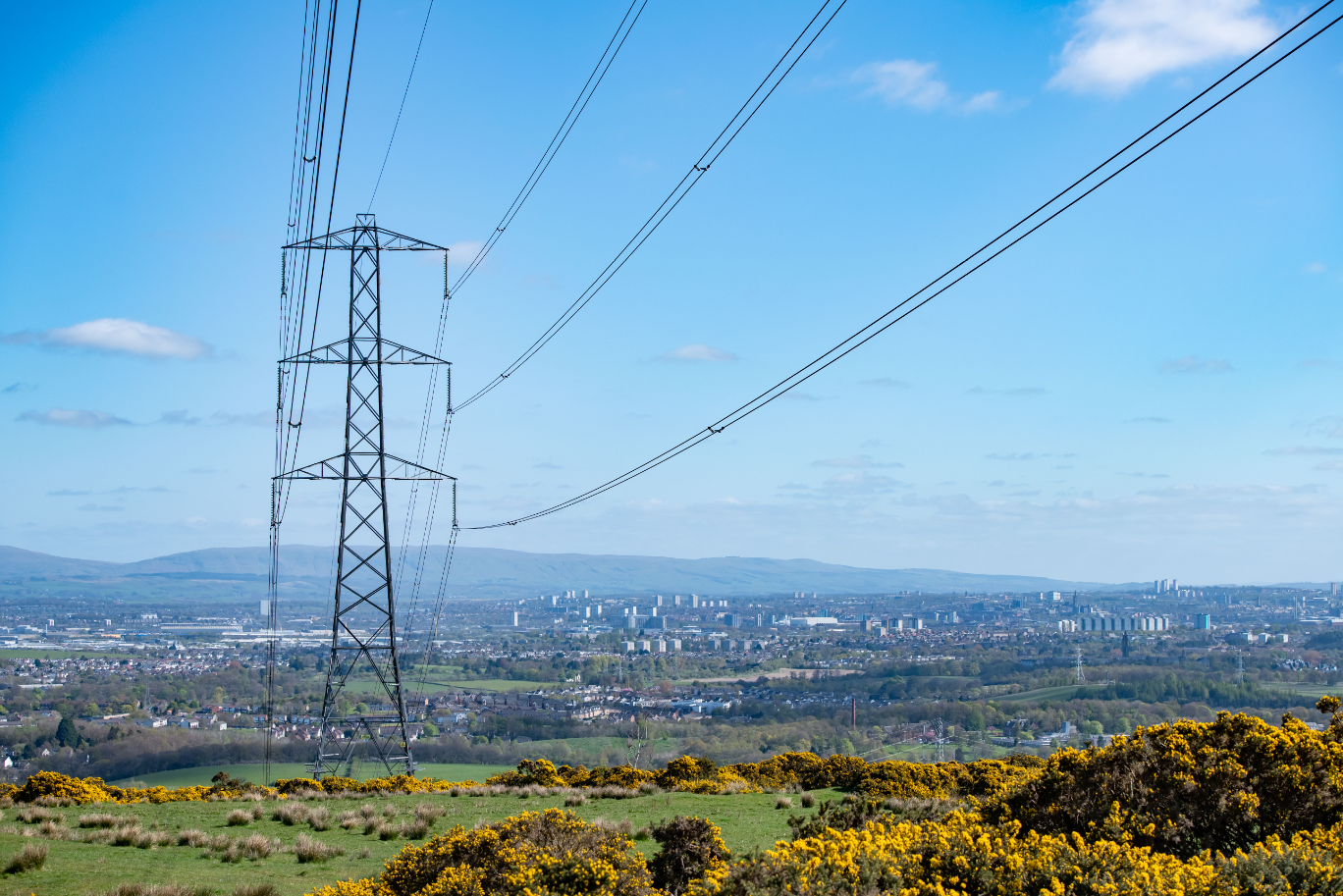 Our RIIO-T3 Business Plan, to be published in December this year, will set out our proposed investment in the transmission network in Central and Southern Scotland for the 5 years between 2026 to 2031. Our investment plan will be critical in enhancing energy security for Scotland and beyond, alongside helping protect society from the dangers of climate change whilst delivering revolutionary economic growth through good, green jobs and community benefits.
Our RIIO-T3 Business Plan, to be published in December this year, will set out our proposed investment in the transmission network in Central and Southern Scotland for the 5 years between 2026 to 2031. Our investment plan will be critical in enhancing energy security for Scotland and beyond, alongside helping protect society from the dangers of climate change whilst delivering revolutionary economic growth through good, green jobs and community benefits.
Over the next decade we expect to see major changes in the way the electricity network operates. The transition to a sustainable, Net Zero future will require us to connect even more renewable generation and ensure the system operates to the same high standard. The electrification of heat and transport will change the way that electricity is consumed resulting in increased electricity demand. We’ll also see an additional rise in electricity demand as green hydrogen production increases.
Connecting to the electricity network
We are responsible for moving the energy from where it is generated to where it is needed, through our transmission and distribution network of overhead lines, underground/subsea cables, substations and transmission towers.
Everything that generates energy (such as windfarms) or uses power (such as homes & businesses) needs to be physically connected to the electricity network. We generally refer to these physical connections to the network as ‘Generation Connections’ and ‘Demand Connections’. What’s the difference between these? Read on below for some key points. In addition, we also need to consider other ways energy can be stored in large quantities, such as Battery Energy Storage Systems (BESS) and pumped storage hydro. These are playing an increasingly important role in storing green energy and responding to changing system conditions. Further reading on ‘Getting Connected’ is available on our website.
Generation Connections
Generation Connections
We currently have 5.9GW of generation connected in our network area. This includes Whitelee Wind Farm near Glasgow – the largest onshore windfarm in the UK with 215 turbines and a 539MW Generation Capacity.
The connections queue in our licence area as it stands is 58.6GW
The UK has an ambition to deploy up to 50GW of offshore wind generation by 2030, with up to 5GW coming from floating turbines. Our transmission network sits in a critical location to enable this ambition, because in addition to the generation we have connected, it acts as a central/middle conduit between the North of Scotland (where similar quantities of renewable energy are also located) and the rest of the UK.
We are currently developing our RIIO-T3 Business Plan, incorporating our forecasts and the ESO’s Future Energy Scenarios (FES) to determine future expectations for Generation Connections.

Caption - SP Energy Networks provides the connection to the electricity network for all generation sites in Central and Southern Scotland, its network area.
Demand Connections
Demand Connections
When we are planning the network, we need to take into consideration the current demand for connections and also consider future demand. Working closely with SP Distribution, we incorporate forecasts of demand changes into our plans. This ensures that we provide enough capacity at the right time to, for example, enable increases in demand due to the electrification of domestic and industrial heating and transport.
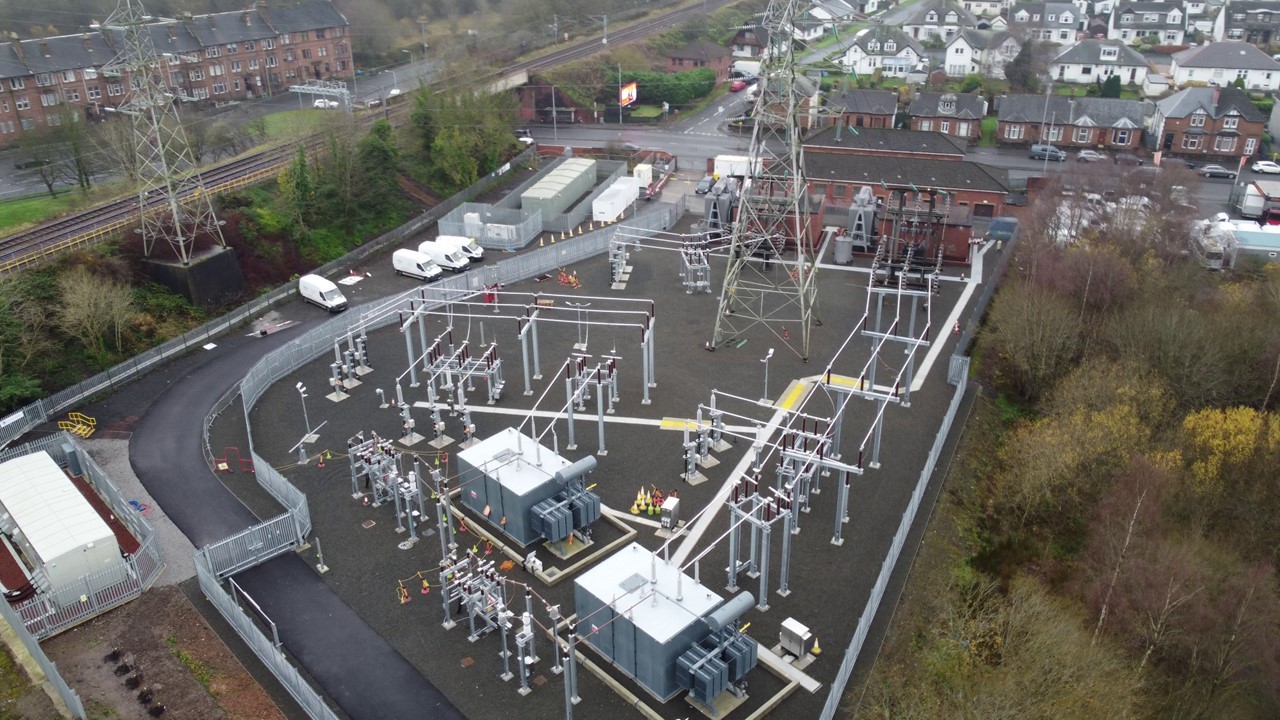
Caption - SP Energy Networks Elderslie substation which was extensively extended to establish a demand connection to support the electrification of the rail network in Scotland.
Connections Reform
Recent developments have sought to address the over-subscribed GB-wide connections queue, which the ESO forecasts could reach 800GW by the end of this year. This is to ensure that projects that are ‘ready to connect’ are not held up unnecessarily by those projects which aren’t progressing as quickly.
While the effect of these reforms will not be apparent until after we have submitted our RIIO-T3 Business Plan, we have incorporated the principles into our planning processes. Alongside the agile uncertainty mechanisms that we’re working on with Ofgem, we have the tools to develop the network to accommodate the outcome of the reforms.
Further reading is available here on ESO’s First Ready, First Connected approach.
Whole System Thinking
When we are planning connections to the network, we need to think of the “bigger picture” – as the number of interactions with the electricity network are increasing with the decarbonisation of other sectors and vectors – such as transport and heat. Acknowledging that we all need to work together to meet national climate change targets – Whole System Thinking has a part to play in delivering better outcomes.
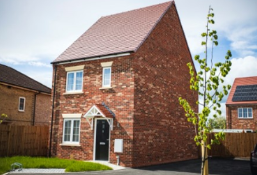
Image caption – Whole System case study - During RIIO-ED1, we established a strategic partnership with CALA homes and undertook a monitoring project to gain empirical data on the increase in electricity demand at a secondary substation as customers adopted EVs and heat pumps.
Whole System Thinking is a method used to understand how elements and systems are related, and how they influence one another. It can be applied to understand linkages among elements, cause and effect, feedback loops, or to identify places in a system that can be influenced or changed.
In our RIIO-ED2 Business Plan we adopted a Whole System Strategy, allowing us to take a holistic approach to identifying and creating value for customers, our business, and the Whole Energy System - enabling a more efficient and just transition to Net Zero. Our mission is to unlock the full value of Whole System Thinking, by collaborating not only with other electricity companies, but also key stakeholders including other network companies, innovators, network users, non-regulated companies, local areas and communities to support more co-ordinated investment in the electricity network and to achieve a just transition to Net Zero for customers. We will be extending both our Whole System Strategy and mission for our RIIO-T3 business plan, to further embed Whole System outcomes across our business.
Stakeholder Engagement
We are continually undertaking Stakeholder Engagement through our Quality of Connections survey. On 30 May 2024, we hosted our bi-annual Transmission Connections Summit and earlier in the month, Gareth Hislop - our Head of Market Development and Commercial Operations, spoke at All Energy in the ‘Connections, Connections, Connections’ session. Later this year we will be hosting Connected Customer workshops and our next Transmission Connections Summit on 5 December 2024.
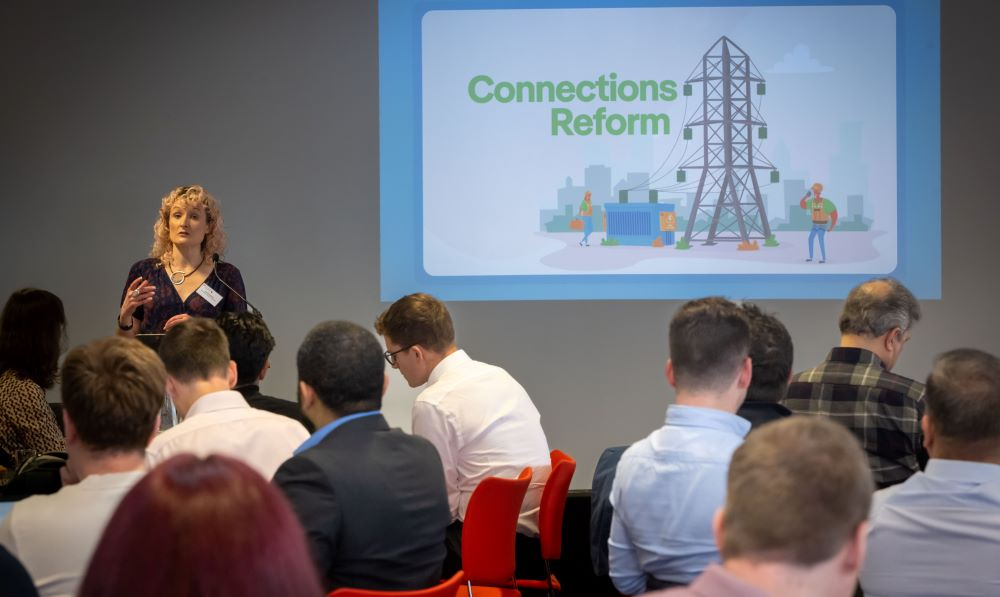
You can Register as a Stakeholder to be kept up to date with wider engagement opportunities relating to our RIIO-T3 Business Plan. Members of our Independent Net Zero Advisory Council (INZAC) will also be supporting the development of our Business Plan, scrutinising both the technical plans as well as ensuring any emerging customer issues are fully considered.
The top 3 takeaways from this blog are:
Using Whole System Thinking, we are planning for the increased electricity demand of the future. We will be extending both our Whole System Strategy and mission for our RIIO-T3 business plan, to further embed Whole System outcomes across our business.
Stay up to date via our dedicated RIIO-T3 page which will be updated regularly with our latest blogs, progress and opportunities for engagement.
If you have any enquiries about our RIIO-T3 Business Plan, please email us on riio-t3pmo@spenergynetworks.co.uk